Art Therapy: How Creativity Helps You Feel Better
You don’t need to be an artist to benefit from art therapy. It’s a hands-on way to express feelings without relying only on words. Hospitals, schools, and counseling centers use it because drawing, painting, or sculpting can reveal and ease emotions that are hard to say out loud.
What art therapy actually does and who it helps
Art therapy uses creative activities to support mental and emotional health. It helps people process grief, manage anxiety, reduce stress, and build self-awareness. Kids who struggle to explain their feelings often respond well because art gives them a different language. Athletes, veterans, people with chronic illness, and older adults with memory issues also find it useful.
Unlike hobby art, the focus is on the process — what you feel while creating — not on making something perfect. That makes it practical for anyone who wants a different route into healing or problem solving.
Simple techniques and a quick practice you can try
Common tools include drawing, painting, collage, clay, and guided imagery. Here are things you can try at home in 10–30 minutes: pick a prompt ("Draw how your week felt"), set a timer, use basic supplies, and ignore how the picture looks. Afterward, note a few words about what surprised you or what felt strong while creating. That observation is often the most useful part.
Try this short exercise: 1) Grab paper and three colored pens. 2) Draw one shape for something that stressed you this week, one for something that gave you energy, and one for something you want more of. 3) Add one quick sentence next to each shape. This helps break big feelings into manageable pieces and can spark ideas for change.
When to see a professional: if painting brings up painful memories, if emotions feel overwhelming, or if you want therapy goals like coping skills or trauma work, a trained therapist is the safer choice. A professional will guide the process, keep things focused, and help you make sense of what comes up.
How to find someone: look for a clinician who lists art therapy, expressive therapy, or creative arts therapy on their profile. Many regions list credentials like "Registered Art Therapist" or similar; if unsure, ask about training and how they combine creative work with talk therapy. A short phone call can tell you whether their approach feels right.
Ready to try? Start small, focus on the process, and set a timer so the practice stays manageable. If something heavy comes up, pause and reach out to a friend or a professional. Art therapy can be a low-barrier way to move emotions, clarify thoughts, and feel a little lighter—one page at a time.
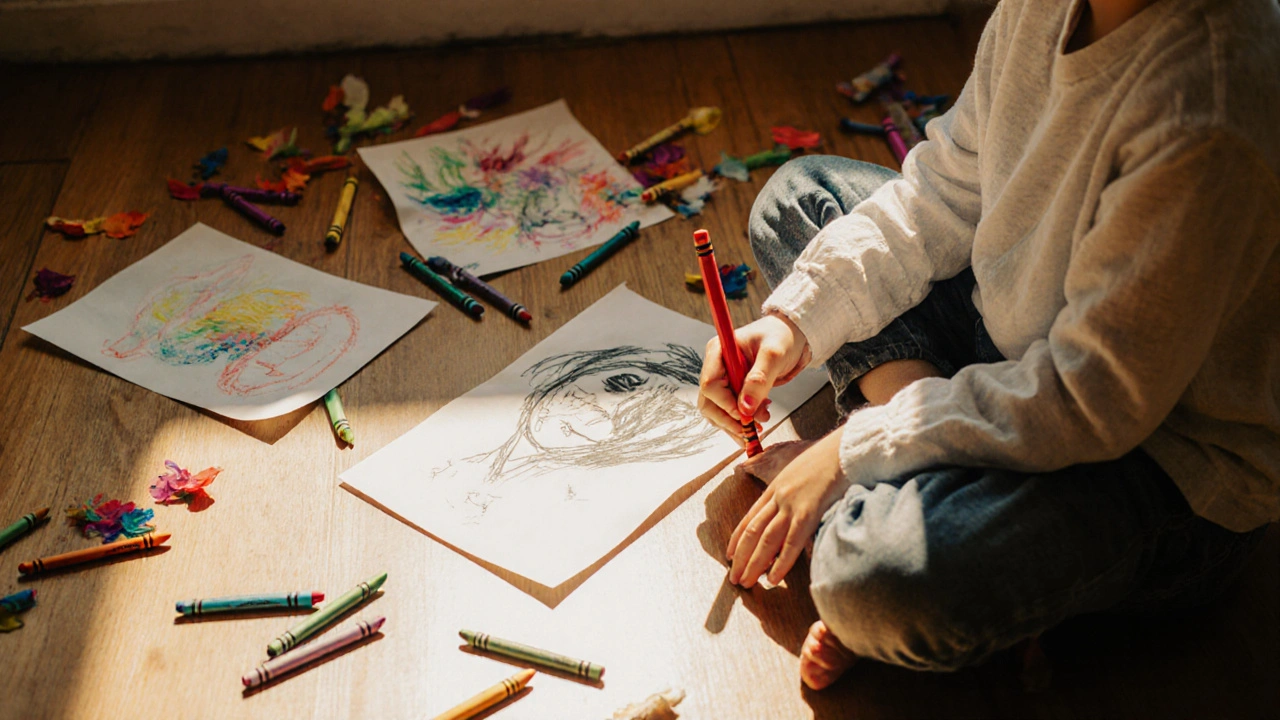
How Creative Arts Therapies Help Build Emotional Growth
Creative arts therapies use art, music, movement, and writing to help people process emotions when words aren't enough. Learn how these evidence-based approaches build emotional growth for kids, adults, and trauma survivors.
Read More
Creative Arts Therapies for Emotional Resilience: How Art, Music, and Movement Help You Bounce Back
Practical guide to creative arts therapies for emotional resilience. What it is, how it works, evidence, steps to start, real examples, checklists, and FAQs.
Read More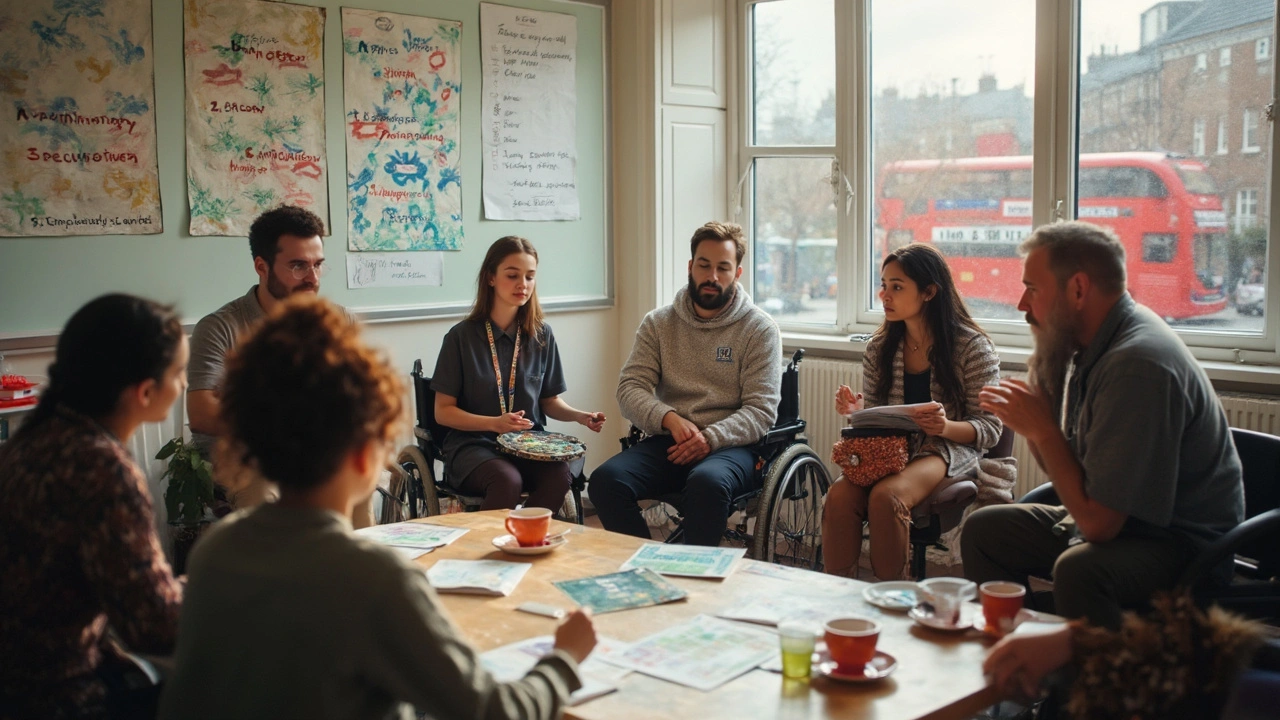
Why Creative Arts Therapies Matter for Holistic Health: Evidence, Benefits, and How to Start
Research-backed guide on why creative arts therapies support holistic health, with steps to start, examples, evidence, checklists, and FAQs.
Read More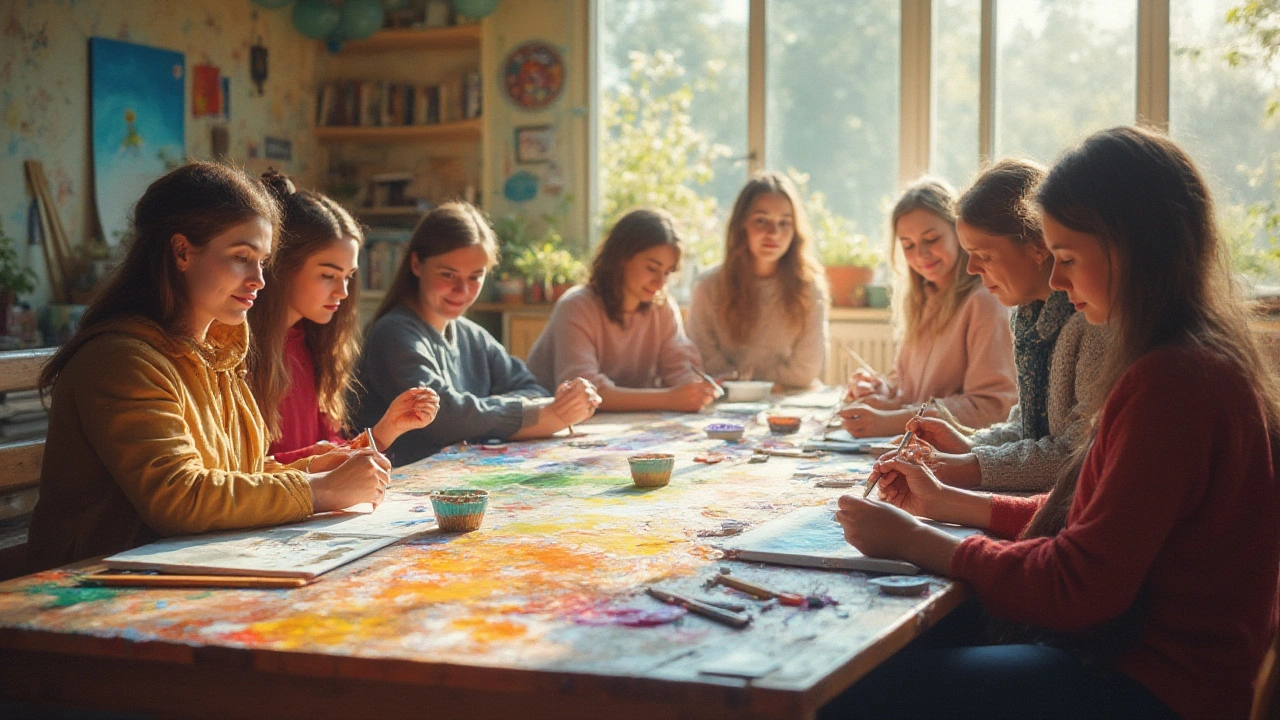
Creative Arts Therapies: How Art Heals Body and Mind
Uncover how creative arts therapies help heal body and mind, manage stress, boost mood, and foster personal growth with practical tips and inspiring facts.
Read More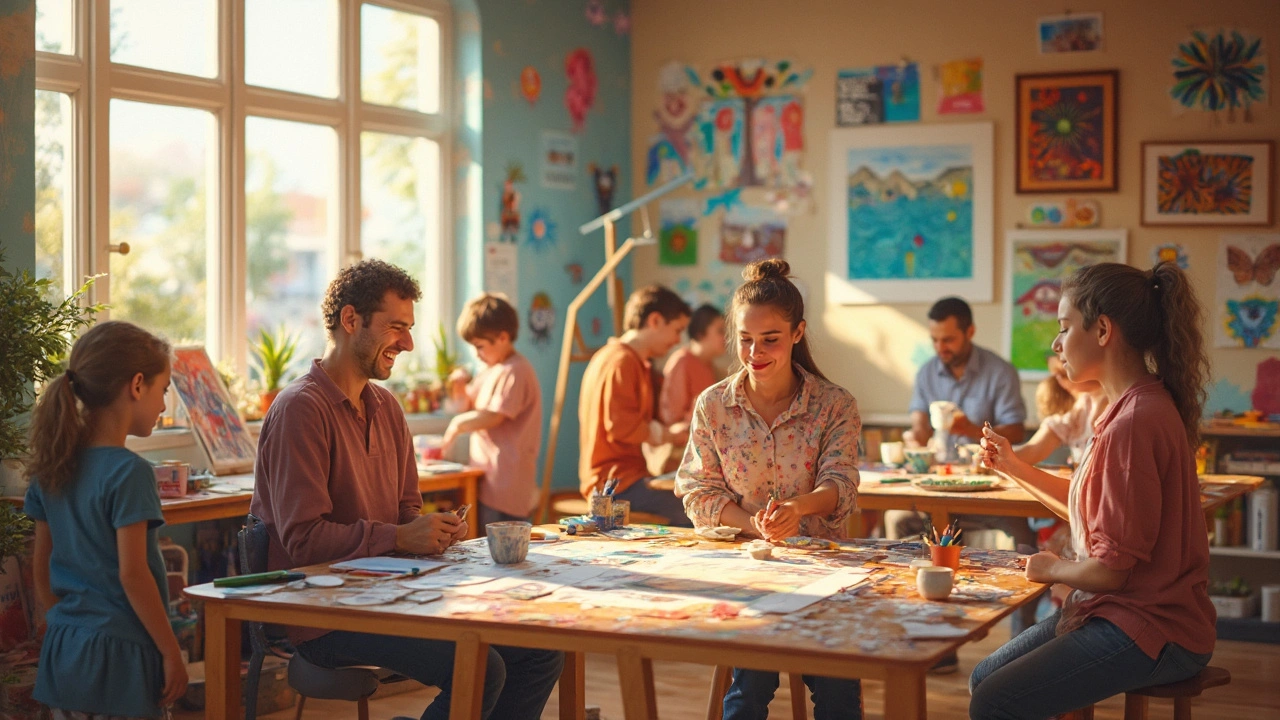
Creative Arts Therapies: The Future of Mental Health Treatment
Creative arts therapies are changing how we help people with mental health challenges. Instead of just talk therapy or medication, art, music, dance, and drama are being used to unlock feelings and boost healing. This article looks at why these therapies work, who they help, and what the future holds. Discover how creative expression is becoming a key part of mental wellness for kids and adults. Get tips for trying out creative therapy—whether on your own or with a pro.
Read More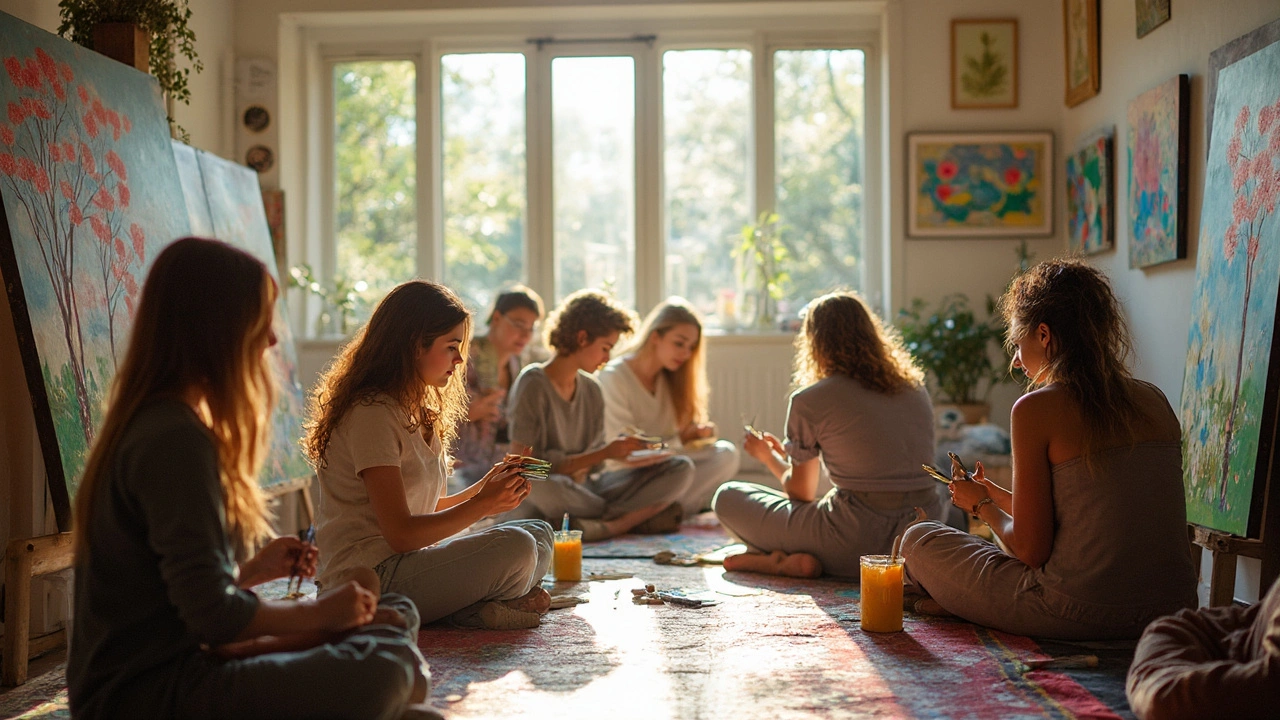
Creative Arts Therapies: A Lifeline in Mental Health Care
Creative arts therapies offer a unique lifeline for those struggling with mental health challenges. By tapping into the therapeutic powers of art, music, dance, and drama, individuals can find new ways to express and process their emotions. These therapies provide an alternative to more traditional methods, making mental health care accessible and engaging. With the rise of anxiety and depression, creative arts therapies offer fresh hope and innovative avenues for healing.
Read More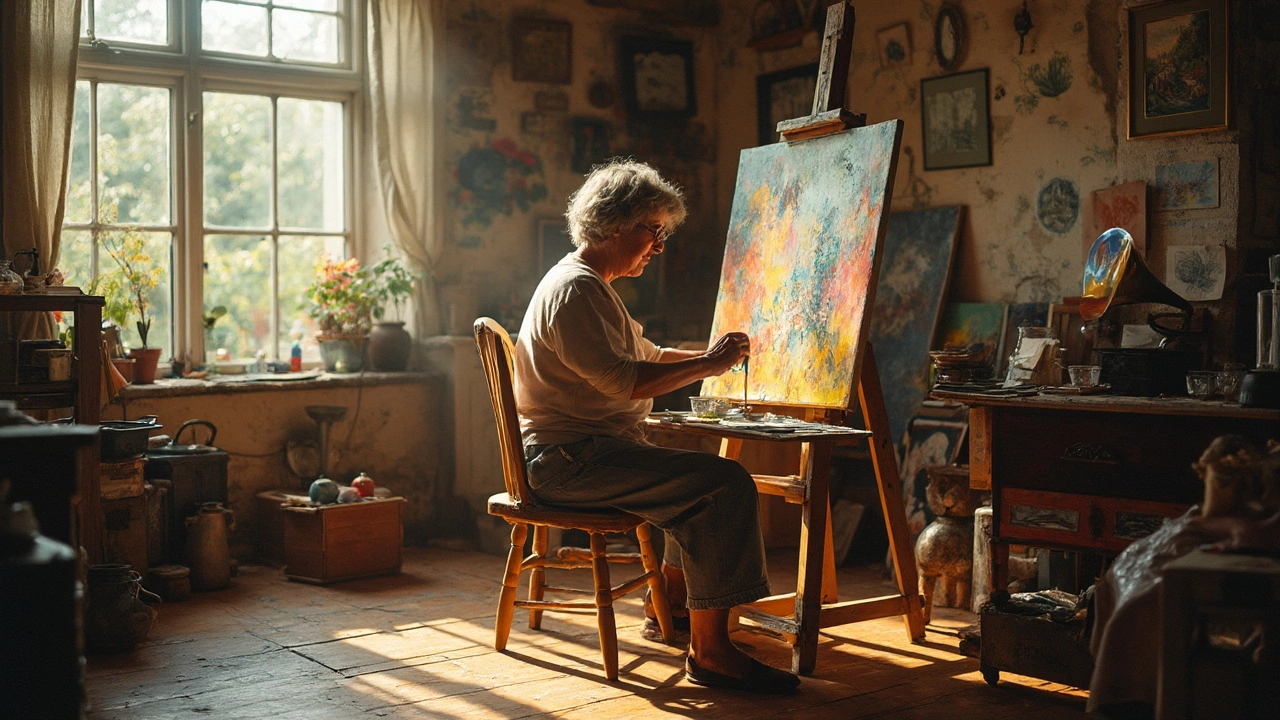
Demystifying Creative Arts Therapies: Unlocking Healing Through Expression
Creative arts therapies offer unique ways to explore emotional and psychological well-being through various art forms. By tapping into our innate creativity, these therapies can unlock new paths to healing beyond traditional talk therapy. They integrate techniques from visual arts, music, dance, and drama to foster self-expression and personal growth. As more people discover their benefits, creative arts therapies continue to gain recognition. This article unravels the mysteries around these therapies and offers insights into their potential impact.
Read More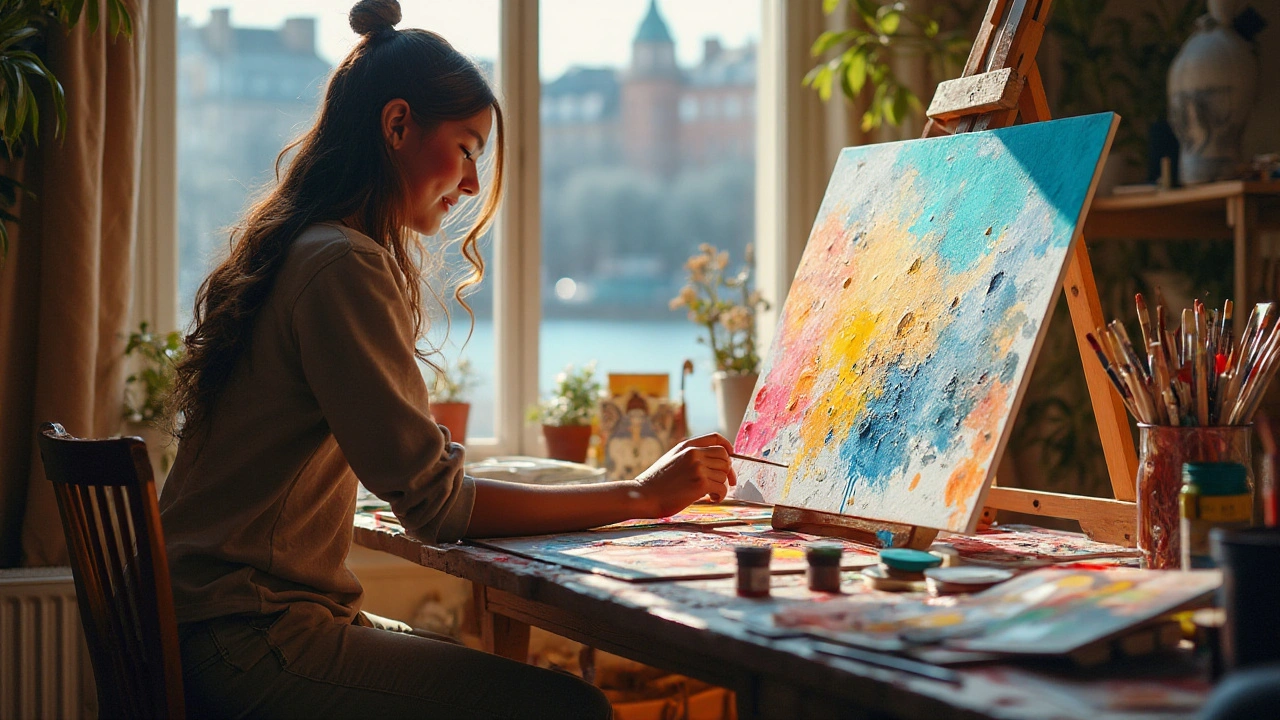
Unleashing Emotional Healing through Creative Arts Therapies
Explore the transformative power of creative arts therapies as a unique avenue for emotional healing. Discover how expressive forms like painting, music, and drama can assist individuals in processing emotions, overcoming trauma, and enhancing mental health. Learn about different techniques and approaches within creative arts therapies and their effectiveness in promoting psychological well-being. See how these therapies offer a personalized and engaging path to self-discovery and emotional resilience.
Read More
Trailblazers of Creative Arts Therapy: A Historical Perspective
Creative arts therapy has emerged as a transformative approach to healing, combining artistic expression with therapeutic processes. This article delves into the evolution of creative arts therapies, highlighting key figures who have pioneered the field. It explores how these therapies have developed over time and their impact on mental and emotional well-being. Readers will discover the unique ways art, music, dance, and other forms of creativity play a crucial role in healing.
Read More